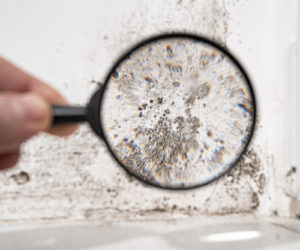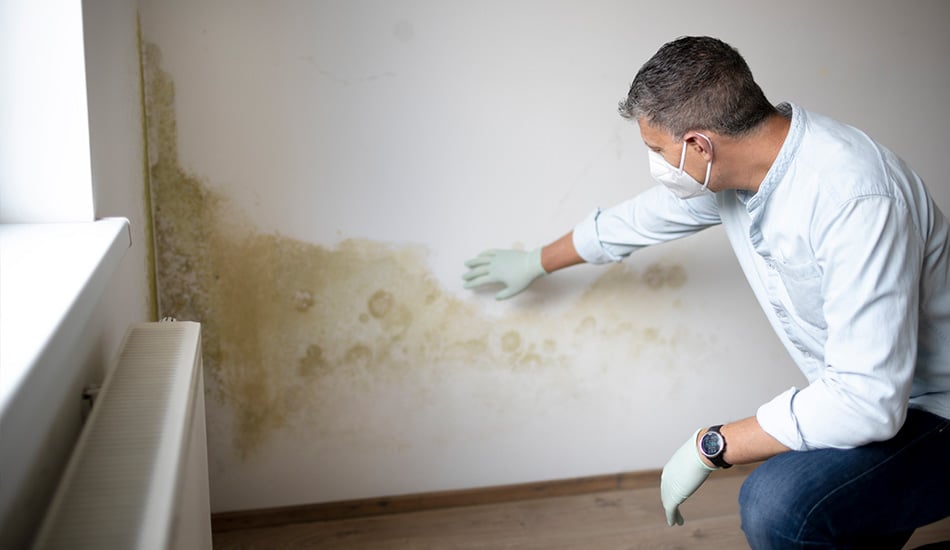Effective Post Mold Remediation Cleaning Protocols
Effective Post Mold Remediation Cleaning Protocols
Blog Article
Your Ultimate Guide to Article Mold And Mildew Remediation Methods
Navigating the realm of post-mold remediation strategies is a thorough process that demands attention to information and a comprehensive understanding of the complexities involved. In the aftermath of mold and mildew invasion, recognizing exactly how to successfully eliminate the mold and mildew and prevent its reoccurrence is critical for preserving a healthy indoor atmosphere. From selecting the appropriate cleaning and sanitizing techniques to implementing techniques for long-lasting mold and mildew avoidance, each step in the removal journey plays an important function in ensuring a successful result. As we begin on this exploration of post-mold removal strategies, we will discover the crucial techniques and finest methods that can help you restore your room to its pre-mold problem and guard it versus future mold risks.
Comprehending Post-Mold Remediation Process
After completing the mold remediation process, it is crucial to recognize the post-mold removal techniques that are needed to guarantee a reliable and comprehensive cleanup. Once the mold and mildew has been gotten rid of, the next step includes cleaning and decontaminating the affected locations to protect against any type of regrowth of mold and mildew. This includes utilizing specialized cleaning up agents to wipe down surface areas and eliminate any type of staying mold spores. It is necessary to dry the location totally to inhibit the development of mold in the future (testing air quality after mold remediation). Correct air flow and dehumidification can aid in this procedure.
Moreover, performing a last evaluation post-remediation is vital to make certain that all mold and mildew has been effectively eradicated. If the inspection discloses any type of remaining mold and mildew, additional remediation may be essential.
Reliable Cleaning Up and Sanitizing Methods

Protecting Against Future Mold And Mildew Development

Value of Proper Air Flow
Appropriate ventilation plays an important function in protecting against moisture buildup, a key variable in mold and mildew growth within interior settings. Reliable ventilation systems help eliminate excess moisture from the air, reducing the possibilities of mold and mildew spores finding the dampness they need to spread out and germinate. Without adequate ventilation, indoor spaces can come to be a reproduction ground for mold and mildew, resulting in possible wellness threats and architectural damages.
By guaranteeing proper air circulation, air flow systems can additionally help in drying out wet areas faster after water damage or flooding occurrences, better preventing mold and mildew growth. testing air quality after mold remediation. In rooms like bathrooms, kitchen areas, cellars, and attics where wetness degrees often tend to be higher, installing and keeping efficient air flow systems is essential in protecting against mold and mildew infestations

Monitoring and Upkeep Tips
Provided the critical function that appropriate ventilation plays in stopping mold and mildew development, it is essential to develop effective tracking and upkeep ideas to make sure the ongoing performance of ventilation systems. Tracking moisture degrees within the building is also vital, as high moisture can add to mold development. By remaining proactive and attentive to the problem of ventilation systems, building proprietors can efficiently alleviate the risk of mold and mildew regrowth and keep a healthy and balanced indoor setting.
Conclusion
To conclude, post-mold removal strategies are necessary read for guaranteeing a risk-free and tidy atmosphere. Recognizing the process, implementing efficient cleaning and disinfecting techniques, avoiding future mold and mildew development, keeping appropriate basics ventilation, and routine monitoring are all vital action in the remediation process. By adhering to these standards, you can successfully get rid of mold and stop its return, advertising a healthy and balanced living or functioning area for all occupants.
In the aftermath of mold and mildew invasion, knowing how to effectively remove the mold and mildew and stop its reoccurrence is vital for maintaining a healthy interior environment. Once the mold has actually been removed, the next action entails cleansing and sanitizing the affected locations to avoid any regrowth of mold and mildew - what to do after mold remediation. After getting rid of noticeable mold development, it is critical to clean all surface areas in the damaged location to get rid of any kind of continuing to be mold and mildew spores. To additionally improve mold and mildew avoidance steps, it is essential to address underlying issues that at first led to mold and mildew growth.Given the essential role that proper ventilation plays in stopping mold and mildew growth, it is critical to develop reliable surveillance and upkeep pointers to ensure the continued capability of air flow systems
Report this page